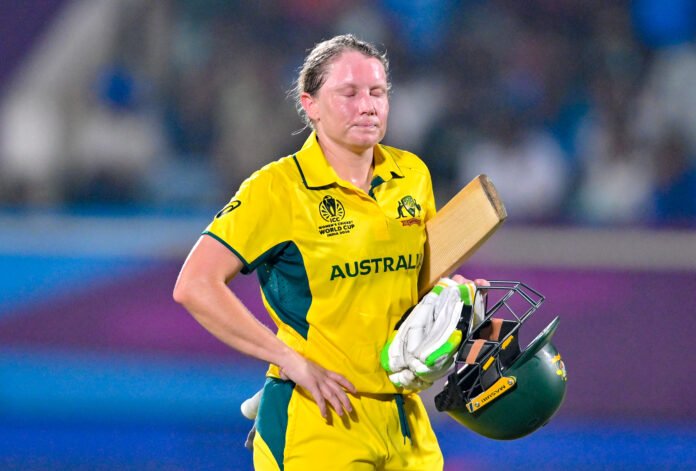Japan’s latest cabinet reshuffle sees Prime Minister Fumio Kishida adding just two women to his team of 23 ministers. The move marks a modest step toward gender balance, but experts say far more is needed to keep pace with global standards.
The new lineup includes a female Minister of Health, Labour & Welfare and another woman heading the Ministry of Agriculture, Forestry & Fisheries. Both roles are high‑profile, yet the overall tally of female cabinet members remains low. Japan has had only one woman serve in a senior government post in its history—Foreign Minister Shizuka Ono in 2002—and it has never had a female prime minister.
Kishida explained that the appointments reflect both merit and a growing push for gender equality. “We are working to give people the chance to rise on their own merits,” he said in a televised statement. “The new cabinet shows our commitment to future‑oriented policies and a stronger, more inclusive Japan.”
Analysts point out that the country still lags behind regional peers. China appointed 11 women to its 15‑member cabinet in 2023, and South Korea’s newest prime minister has nine female ministers. Japan’s current women’s representation sits at roughly 6%, lower than the OECD average of about 20%.
Consumer and business groups have taken notice. “The public expects modern leadership,” said Minako Tanaka, an economist at Tokyo University. “Only two female ministers sends a mixed message about Japan’s progress.” Meanwhile, the government has launched a “Gender Equality Initiative” that aims to diversify ministries over the next four years.
The two female appointees have already set out new priorities. The Health Minister announced a push to address Japan’s aging population with a focus on mental health and caregiver support. The Agriculture Minister pledged to boost rural economies and increase local food production amid climate challenges.
International watchers note that while the new appointments are a positive sign, real change requires more women at the top. Advocacy groups have urged the prime minister to increase the number of female delegates at key policy meetings and to support female leaders in local governments.
Looking ahead, the cabinet will face major challenges. A major economic stimulus package, the upcoming Tokyo Summer Olympics, and ongoing pandemic recovery measures will demand broad support. How well Japan balances its gender mix in these debates could tip public opinion, and the new prime minister’s decisions will likely influence future appointments.
In the short term, the two women will need to prove their leadership abilities across a wide spectrum of issues, from health reforms to sustainable agriculture. Over the long run, a higher proportion of female ministers could strengthen Japan’s democratic image while delivering fresh perspectives on national challenges. The eyes of the world remain on Tokyo to see whether these early steps evolve into a lasting, gender‑balanced cabinet that meets the expectations of Japan’s diverse population.
Stay informed on all the latest news, real-time breaking news updates, and follow all the important headlines in world News on Latest NewsX. Follow us on social media Facebook, Twitter(X), Gettr and subscribe our Youtube Channel.


